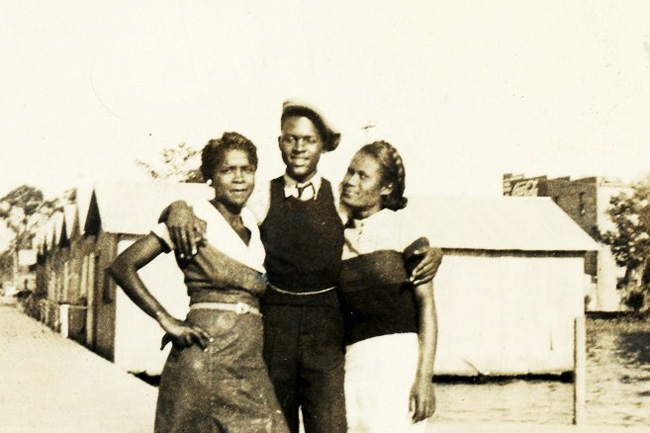
American Immigrants to America
Book Review:
The Warmth of Other Suns, The Epic Story of America’s Great Migration,
by Isobel Wilkerson, 2010
http://warmth.isabelwilkerson.com/
When I was reading the description of a black sharecropping family stealthily preparing to leave their home in the 1930s, I couldn’t help picturing the Von Trapp family trying to sneak out of Austria in The Sound of Music. From The Warmth of Other Suns:
“In a day, the world had changed. Everything was in a commotion, but George and Ida Mae could not let it show. Joe Lee had been beaten half dead over a false accusation about some turkeys that had run off… Ida Mae and George bent their heads and prayed for light. Then they went out in the field the next day. They picked long and hard and more urgently than before. They decided they would leave as soon as they got the cotton out of the ground. They would give Mr. Edd no cause to suspect their intentions or to withhold their pay. They needed whatever was due at settlement to get out of Mississippi.
“…They began selling off their possessions, one by one, so as not to attract attention. The cows. The hogs. The chickens. The feather beds and quilts. The tin tub. The wash pots. The rusted old Model T Ford. The double-blade axes Ida Mae used to chop wood and kill snakes with…
“And if anybody asked what was going on, they knew to say, ‘We just running out of room.’”
-pp. 165-166
When I think of moving from one state to another, worrying about my boss trying to stop me by not paying me for work I already did just doesn’t come to mind. It seems more what people faced trying to leave the Soviet Union. Yet this is just one of the hurdles that African Americans had to consider if they decided to say goodbye to their home in the South.
The Warmth of Other Suns is Isobel Wilkerson’s telling of the story of her parents’ and grandparents’ generations of African American emigration from the South to the Northeast, Midwest, and West. Wilkerson, the daughter of ambitious parents who themselves left Virginia for Washington DC, grew up hearing her affluent white classmates’ stories of ancestors who had arrived penniless from Europe to make their fortune in America. She realized that the stories of her family and other families across the country had much in common with the stories of those earlier immigrants and of more recent immigrants of color from all over the world. Though they were Americans from the start, blacks fled poverty and repression for freedom and opportunity, just like many immigrants from abroad.
During the twentieth century, millions of blacks fled the South in what is now known as the Great Migration. From 1920 to 1980, the African American fraction of the population of the Northeast and Midwest rose from less than 3% to nearly 10%. In the West it climbed from about 1% to 5%. The Great Migration drained away a good chunk of the South’s African American population, who dropped from 27% of the total there to 18%. This is as consequential part of American history as the great wave of European immigration in 1880-1920, but not something I was as familiar with.

The book focuses on three families that made three different journeys: Florida to New York, Mississippi to Chicago, and Louisiana to Los Angeles. She is a master at putting the reader into their lives and even into their thoughts. Another analogy to the literature of World War II comes to mind: Art Spiegelman’s Mouse, which brought vast events to life by placing them in the context of one family’s own stories of work, love, children, hope and conflict. Wilkerson gives us labor struggles in Florida orange groves, but also George Starling’s strained relationship with his wife, who he married in part because his father didn’t want him to. She shows us the barriers that Robert Foster faced as a black doctor in the US army but also his friction with the prominent Atlanta family he married into. The book shows both the benefits of moving North – more freedom and greater economic mobility – and the challenges of rising violence and social ills that grew after the migration.
It took Wilkerson 15 years to research and write the book; in addition to years of interviewing and interacting with the protagonists of the story, she interviewed their acquaintances, combed through historical records, and retraced their paths from the South. The work she put into getting to know her protagonists shows – I kept having to remind myself that these weren’t characters in a novel but real people whose stories she was telling. One difference from Mouse is the scope of the work; while much about the Holocaust is well-known to many people and not explained much in the book, Wilkerson inserts historical and sociological explanations that explicitly positions her stories in the context of the Migration as a whole.
Though I usually prefer statistics to anecdotes and analysis to biography, Warmth is wildly successful in illuminating the Great Migration. Similar to what Carol Anderson’s One Person No Vote did for the anti-democratic history of the South and Richard Rothstein’s The Color of Law did for the history of segregation in the North, The Warmth of Other Suns takes a story I thought I knew and makes it much more real.